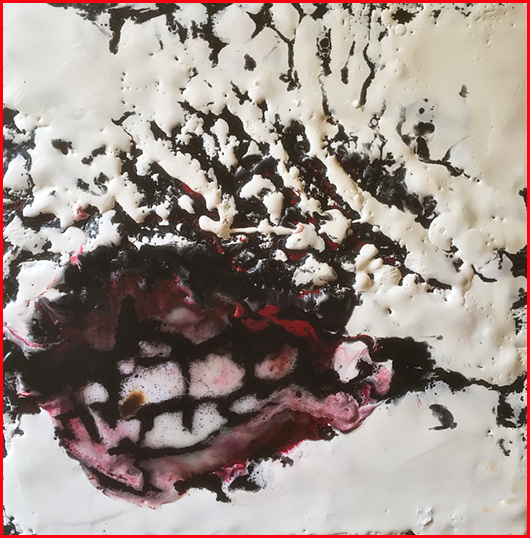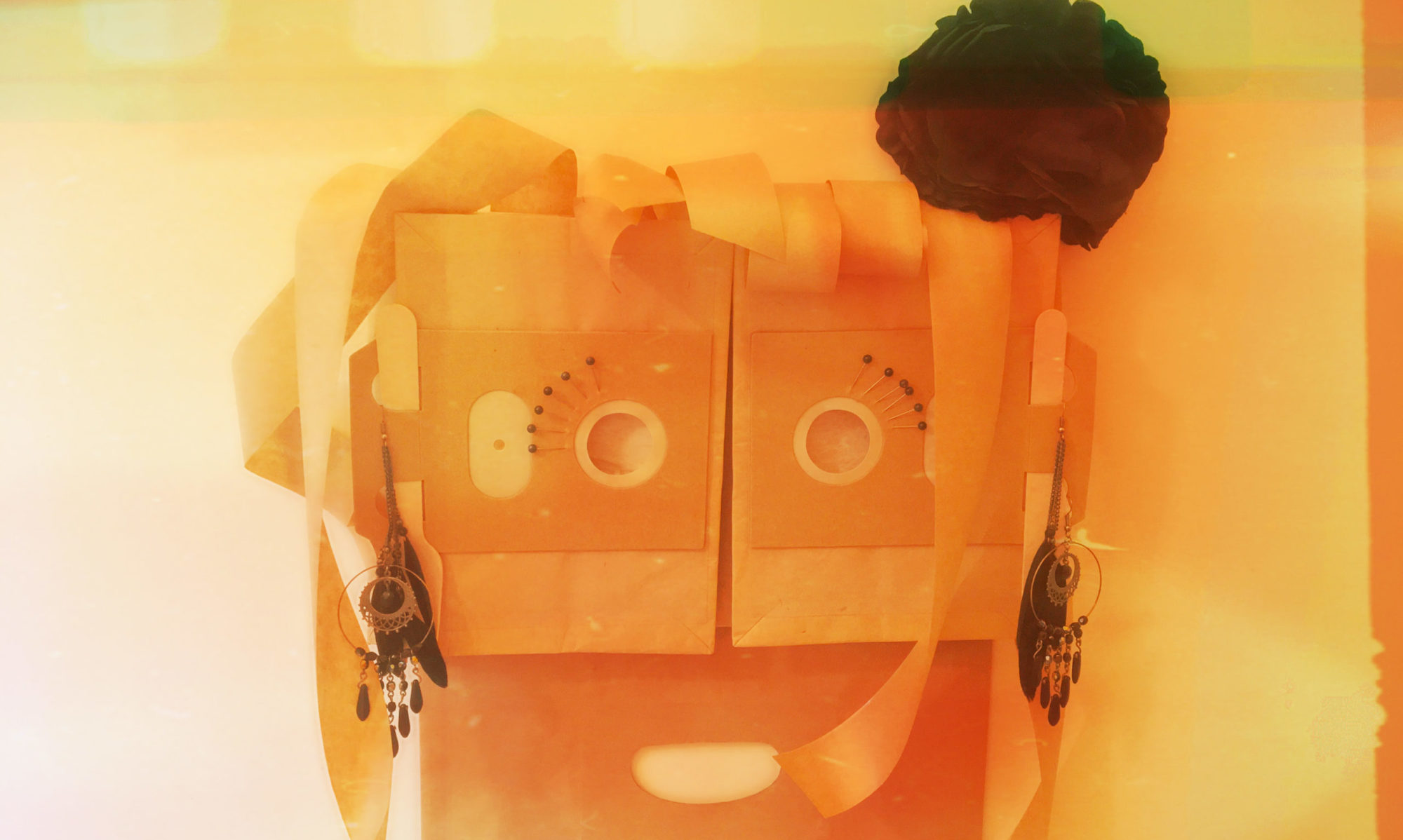
Trophy Heads: Marilyn jumps from Marilyn Diptych (1962) by Andy Warhol and his preoccupation with celebrity beauty and consumption and mapping them as iconography. This ‘good idea at the time’ became a copyright issue where Warhol was sued not by Monroe or her estate but by the owner of “Niagara” film stills.
Shown in Layers of Meaning at Propeller Art Gallery July 2021
Ars
I created another copy of Monroe based on Marilyn Diptych and buried her in layers of encaustic wax symbolic of her humanity. The act of scrapping to reveal her shows that we will only find versions of what we believe is her.
Trophy Heads: Marilyn was a prototype for Trophy Heads,
Trophy Heads
We place people on pedestals and on spikes.
“Trophy Heads” is a series of works that takes its leave from the human preoccupation with taking and displaying others to serve a purpose: the Shuar blocking a vengeful spirit by severing their enemies’ heads and shrinking them, Khaled al-Asaad’s murder by ISIS to many a head put on a spike.
I dug into my preoccupations to explore the nature of celebrity and how we need to make them Trophy Heads or to put a line around it.
I realise my work is complicit in trapping these people in a moment.
Vermillion Borders
Flesh, rock, lip, sea.
Vermillion Borders maps our emotional cartography. A vermillion border is the line around your lips separating skin and lip. What is outside of the line? What is contained inside the border?
Linda explores our relationship with the land through surreal landscapes, where my arts practice is based on ways of communication and complexity in life. Their practices use ink, watercolour and graphite on paper (both), digital and encaustic (Fiona), and oils and text (Linda). Vermillion Borders is a series of mixed media works unified by a limited colour palette of red, black and white and careful curation. The works were generated by one artist producing a starting point and sending it to the other to complete: creating a true integration of both artist’s practice. The stages were completed in isolation so that each cannot influence the other’s response to the original.
The works were mapped to gallery space at Alternating Current Art Space to fit into the walls, ceiling beams and the energy flow to and from other shows.
“A map tells you where you’ve been, where you are, and where you’re going — in a sense it’s three tenses in one.”
Peter Greenaway
